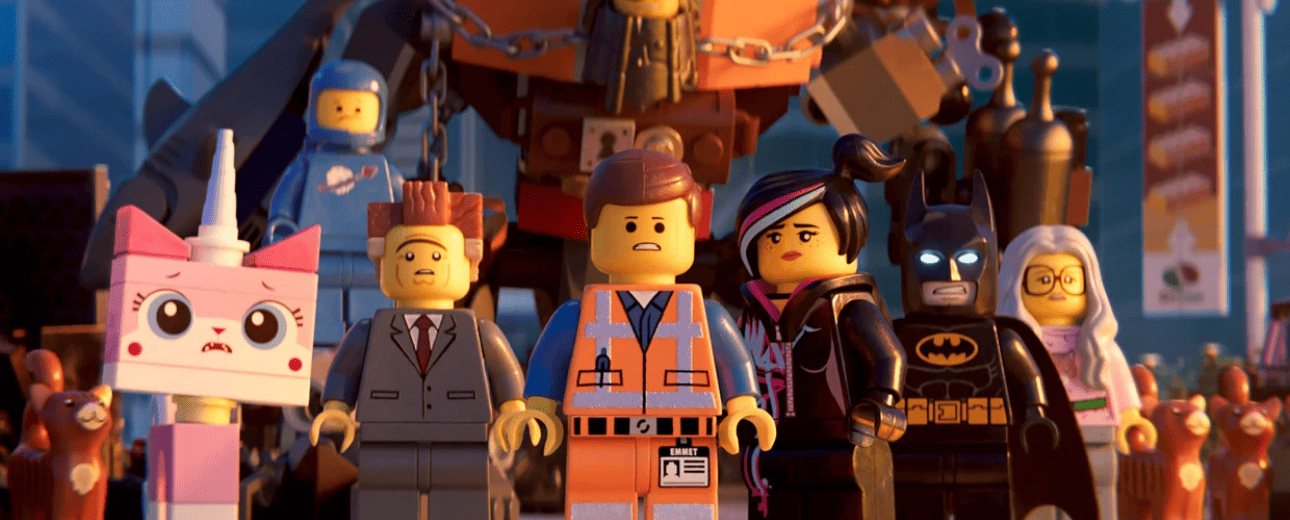Lego, once known primarily as a children’s toy, has become a global cultural phenomenon. From blockbuster movies to art exhibitions and even fashion collaborations, Lego has expanded far beyond the playroom. Its colorful bricks have transformed into a symbol of creativity, nostalgia, and innovation, making appearances in nearly every corner of popular culture. Exploring how Lego integrates with film, art, gaming, and fandom reveals why it has remained relevant for generations and continues to inspire new audiences. Learn more about the enduring success of Lego Star Wars in our full article on Block Kingdom.
Lego on the Big Screen
One of the most influential moments for Lego in popular culture was the release of The Lego Movie in 2014. With its witty humor, star-studded voice cast, and the unforgettable song “Everything Is Awesome,” the film showcased Lego as both playful and profound. Its success led to spin-offs like The Lego Batman Movie and The Lego Ninjago Movie, cementing Lego’s place in Hollywood. These films not only entertained audiences but also reflected the brand’s ability to balance storytelling with creativity, making Lego a legitimate part of cinematic history.

Lego and the Gaming World
Lego has also left a significant mark on the gaming industry. The Lego Star Wars video game series, released in the early 2000s, set the standard for Lego’s digital adventures. Since then, the franchise has expanded into Marvel, Harry Potter, Indiana Jones, and countless other worlds, blending humor with accessible gameplay. These games introduced Lego to a new generation of fans who may not have grown up with the physical bricks, proving that the brand could evolve with technology while staying true to its core values of fun and imagination.

Lego as Art and Expression
Beyond film and gaming, Lego has become a medium for artistic expression. Artists like Nathan Sawaya have built international reputations by creating large-scale Lego sculptures exhibited in galleries and museums worldwide. These works highlight Lego’s versatility, showing that the bricks can transcend play and become a legitimate artistic medium. In fashion and design, Lego has inspired accessories, jewelry, and even runway pieces, proving its adaptability and cultural influence. Lego’s transformation into art reflects how something as simple as a toy can spark creativity across multiple disciplines.

A Timeless Cultural Icon
Ultimately, Lego’s enduring presence in popular culture comes down to its universal appeal. It bridges generations, connecting parents and children, casual fans and hardcore collectors. Whether through movies, games, or art, Lego continues to reinvent itself while staying rooted in its original purpose: encouraging imagination and play. Its appearances in pop culture serve as a reminder that creativity knows no boundaries and that even the simplest brick can build a universe of possibilities. Lego is not just a toy—it is a timeless cultural icon.

